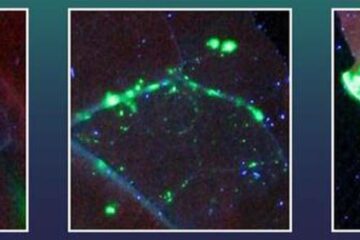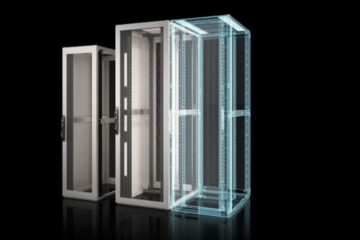Conference in Computational Physics 2007: event showcases all matter great and small

The way things move has fascinated physicists from Newton to Einstein. But until now few physicists appreciated how widely the laws of movement apply. From understanding how cell membranes let in proteins to how elementary particles behave at the speed of light, scientists are realising the common features – and essential differences – in the movement of matter of all shapes and sizes.
At the recent CCP2007 conference supported by the European Science Foundation (ESF), researchers describe how molecules, particles and subatomic particles move and interact with each other. Using their expertise at macroscopic scales they have developed models that explain the movement of matter at the microscopic level. “Well known equations that explain the flow of water or the movement of air over an airplane’s wing can also be used to explain the way molecules move in our bodies or how protons collide at great speeds”, says Professor Raymond Kapral, a chemical physicist at the University of Toronto in Canada.
“By stripping down these systems to understand the essentials of how matter moves, we can jump from studying the very big to probing the very small,” explains Professor Michel Mareschal, a computational physicist at the University of Brussels in Belgium. That is, by simplifying the set of rules that govern how matter moves and interacts, physicists can apply those rules to a broader set of matter.
For example, by tweaking the models of their colleagues, chemical physicists describe how fluid exerts a force on red blood cells, contorting these cells, much like an elastic band, allowing them to negotiate their passage through blood vessels. These same ideas have been used to describe how molecular motors – the tiny motors in our cells – convert chemical energy into mechanical energy to work their way along cell fibers. In another way, quantum physicists use these same ideas to track how atomic particles behave when colliding with each other.
By studying movement at so many different levels, researchers have identified the fundamental laws that govern specific movements. This has allowed researchers to engineer tiny synthetic motors that obey these simple rules and so mimic the self-propelled motions of natural motors. It is early days for these artificial nanomotors, but eventually, they could be used to follow concentration gradients to find pollutants or carry drugs to specific targets within the body. “When you have a little engine that can fit almost anywhere, you can think of lots of things to do with it”, says Kapral.
The work was presented at the Conference in Computational Physics, held in Brussels, Belgium, on 5-8 September 2007. The conference was attended by 350 scientists in computational physics from 37 countries and was one of the series of research conferences organised by the ESF as part of PESC. Keynote speakers included two recent Boltzmann medal awardees, Kurt Binder and Berni Alder, as well as leading experts such as Michele Parrinello, Stefano Baroni, Kurt Kremer, David Ceperley, Alexei Khokhlov, Daan Frenkel, Ray Kapral and Mike Kein.
The conference was supported by the Physical and Engineering Sciences Committee (PESC), one of the standing committees of ESF, in the framework of its strategic studies on the future of science in Europe. The conference also addressed strategic issues such as how to meet the challenges facing computational physicists in the coming years.
“While computing power is made every day cheaper and more easily available, the emphasis has shifted for the community to the difficulty in building large and complex codes, maintaining and distributing them to users for research and further development” emphasised Veronique Halloin, the Vice-Rector of the Brussels University, during her welcoming address.
The European Science Foundation, which is based in Strasbourg, France, is an association of 75 member organisations from 30 European countries. Since its inception in 1974, it has co-ordinated a wide range of pan-European scientific initiatives.
Media Contact
Alle Nachrichten aus der Kategorie: Veranstaltungsnachrichten
Neueste Beiträge

Durchbruch bei CRISPR/Cas
Optimierte Genschere erlaubt den stabilen Einbau von großen Genen. Großer Fortschritt an der CRISPR-Front. Wissenschaftlern des Leibniz-Instituts für Pflanzenbiochemie (IPB) ist es erstmals gelungen, sehr effizient große Gen-Abschnitte stabil und…

Rittal TX Colo: Das neue Rack für Colocation Data Center
Rittal TX Colo: Flexibel, skalierbar und zukunftssicher Mit der zunehmenden Digitalisierung und künftig auch immer mehr KI-Anwendungen steigt der Bedarf an Rechenleistung signifikant – und damit boomt der Colocation-Markt. Unternehmen…

Neue Dropbox Features
Nahtlose Ende-zu-Ende-Verschlüsselung, gemeinsame Dokumentenerstellung für Microsoft, erweiterte Dropbox Replay-Funktionen und vieles mehr. Dropbox Inc. (NASDAQ: DBX) kündigt heute neue Funktionen für mehr Sicherheit, bessere Organisation sowie schnellere und bequemere Freigabeprozesse…





















